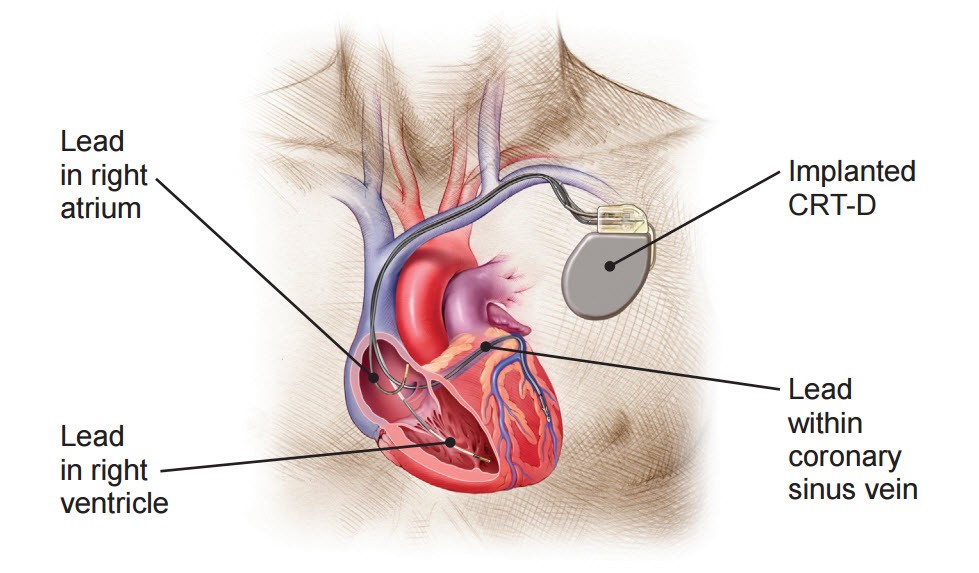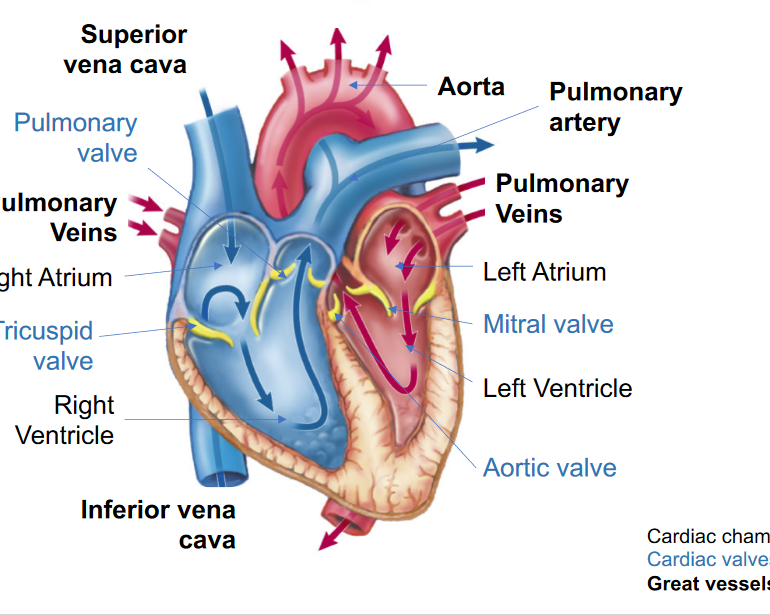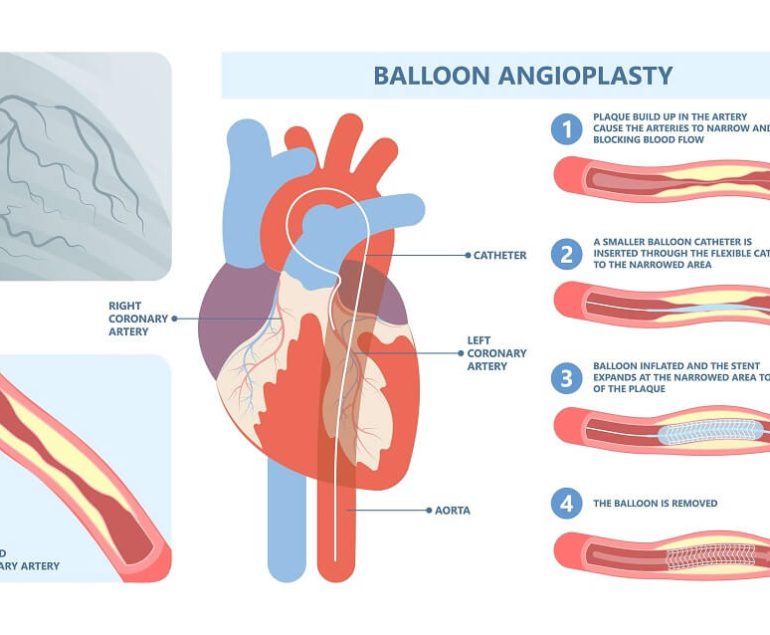LBBB and heart failure are a common combination. When LBBB co-exists with HF, it makes the weak heart beat in an asynchronous fashion thus making it even more in-efficient. By reversing the electrical phenomenon of LBBB by means of implanting a special pacemaker device with 3 wires (A Bi-Ventricular Pacemaker) the electrical activation of the heart can be made more synchronous (re-synchronization) which then will make the mechanical function of the heart improve over a period of time.
The procedure involves implanting a pacemaker (the size of 3 ten-rupee coins) just below the collarbone. Three wires (leads) connected to the device monitor the heart rate to detect the heart’s own rhythm and deliver carefully timed electrical impulses to make the heart rhythm more organized.Benefits of CRT
Because CRT improves the heart’s efficiency and increases blood flow, you will notice significant improvement in heart failure symptoms – such as shortness of breath fairly straight away.
Clinical studies also suggest decreases in hospitalization and morbidity as well as improvements in quality of life.
Who is a candidate for CRT?
In general, CRT is for heart failure patients with moderate to severe symptoms and whose left and right heart chambers do not beat in unison as a result of an electrical conduction disturbance called LBBB which will be obvious in your ECG.
However, CRT is not effective for everyone and is not for those with mild heart failure symptoms, those with a preserved ejection fraction where the heart is stiff but not weak, those who do not have issues with the chambers not beating together. It is also not suitable for patients who have not fully explored correcting the condition through medication therapies. To date, studies show CRT to be equally effective for both men and women.







